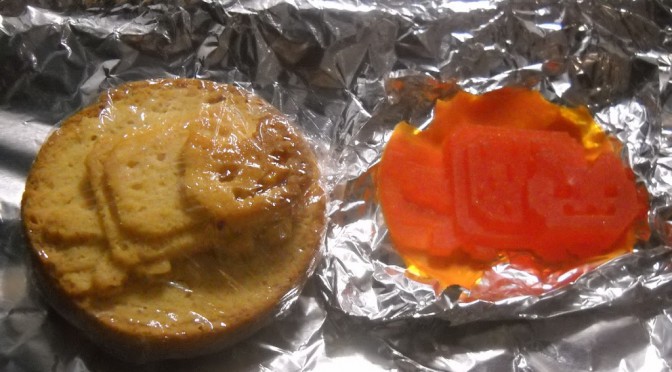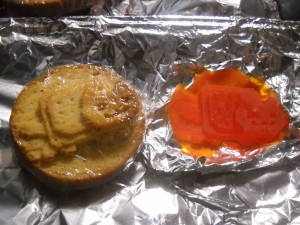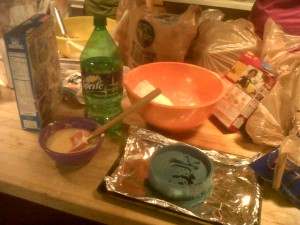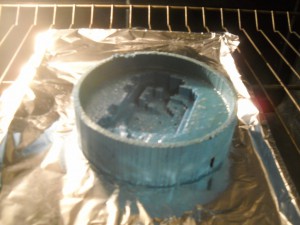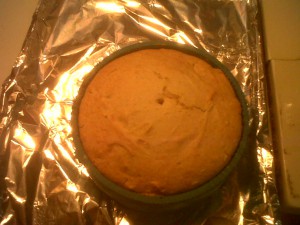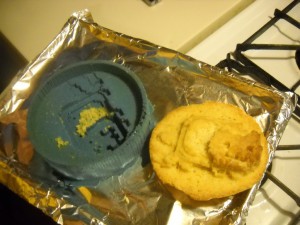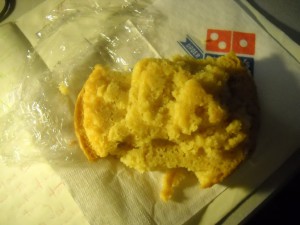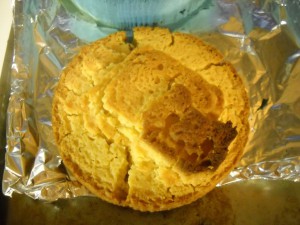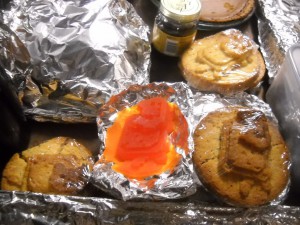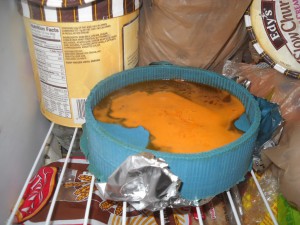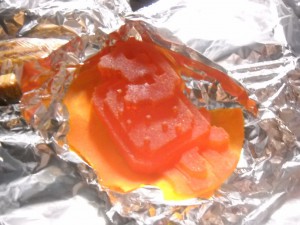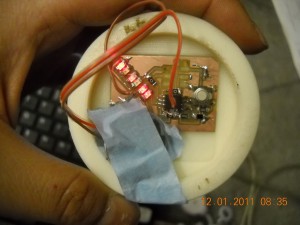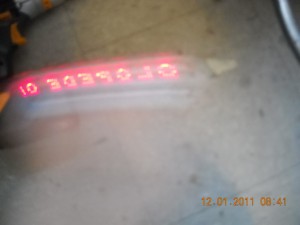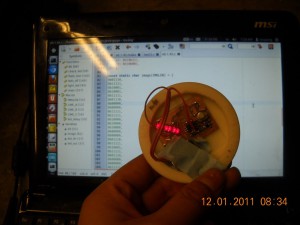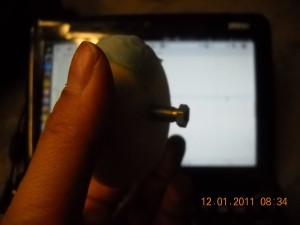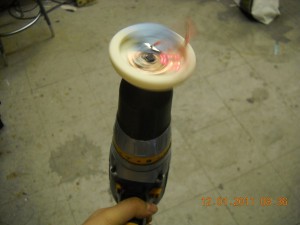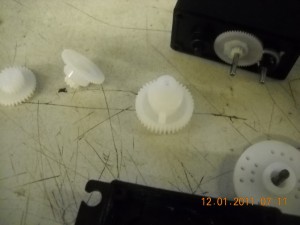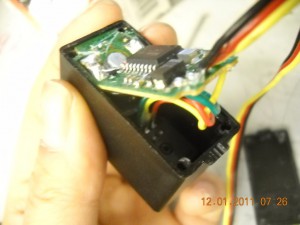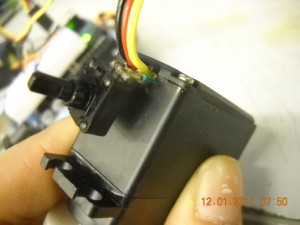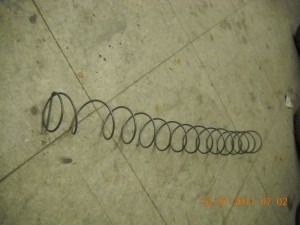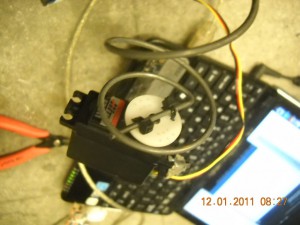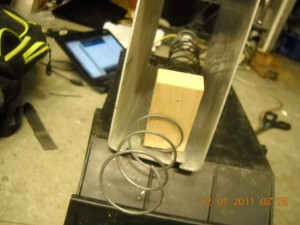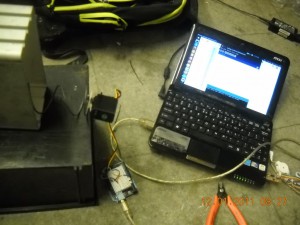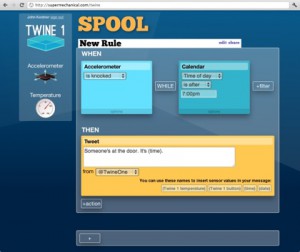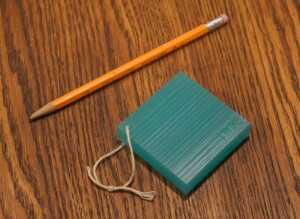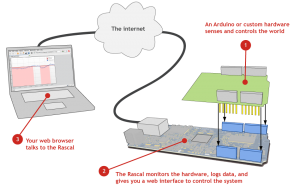Previously I daydreamed about octopart for meche; turns out I spoke too hastily. There are supplies search engines which exist already, though they’re not as cool as octopart IMHO 🙂 Well, none of them have customer reviews like google shopping anyway.
In rough order of relevance / how much I liked them:
- http://www.thomasnet.com/prodsearch.html
- Search ThomasNet to find manufacturers, distributors and service providers – from Actuators to Zirconium and everything in between.
- geographical, not just by state but by “within x miles”
- has whitepaper and some explanations at taxonomic levels — on the K-12 level sort of explanation
- http://www.globalspec.com/
- The Engineering Search Engine
- has a taxonomy of sorts “browse products and suppliers”
- get “register” nagging :///
- has geographical locations with maps, so I can search for local suppliers of springs
- as an “application notes” search, presented as search results (not nicely), and also 1-sentence explanations of things (although has descriptions at a slightly “deeper” level than thomasnet, I feel)
- http://www.engnetglobal.com/
- EngNet® … to enable Engineers, Technicians, Tradesmen, etc. to find information and communicate effectively with suppliers in the Engineering Industry. […] provides a searching facility free of charge to users
- more varied taxonomies / ways to browse (by industries, by engineering discipline, products/services, brandnames)
- no “extra explanation” details, solely listing
- http://www.amazon.com/industrial-scientific-supplies/b?ie=UTF8&node=16310091
- pointed out to me by octopart person brian newbold yay
- http://www.directindustry.com/
- The Virtual Industrial Exhibition — more
- also has taxonomy
- more of an index of companies
- no geographical
- http://www.engineering.com/Products.aspx
- directory of companies
- http://www.engineersedge.com/engineering/Products_Directory/
- ugly interface, no specific search, and too many ads, IMHO
- http://www.interfacebus.com
- web 1.0 Text link directly ftw. Taxonomy + search via google. Cleaner than engineers edge (less ads all over the place)
- http://www.efunda.com/home.cfm Efunda
- eFunda stands for engineering Fundamentals. Its mission is to create an online destination for the engineering community, where working professionals can quickly find concise and reliable information to meet the majority of their daily reference needs.
- Nicely designed interface and information is cleanly presented 😀 makes me want to nom nom info
- http://www.engineeringtoolbox.com/
- http://kmoddl.library.cornell.edu/index.php
- Kinematic models! Oh man, I can look at pretty mechanisms online. <3 delicious.
- http://www.electronics-tutorials.ws/
- because the awesome. so true, what that “thank-you” video guy said re: Khan’s videos and what advantages videos offer over humans (besides freeing up time for knowledge-bearers to not just lecture but help people one on one):
- And some of those videos I watched over and over twenty of thirty times until I got it. I don’t think there’s a tutor in the world that I could pay who would repeat the same thing twenty or thirty times without getting at least a little bit judgmental.
- asdlfkj yes. This, professors, is why — even if it encourages people to be truant — why lectures should be recorded. Guess what? I’m not going to get it the first time.
Also, octopart competition? o__o Sort of.
- http://www.findchips.com/
- “Welcome to the original and fastest electronic part finder and chip search engine. FindChips electronic components search engine scours the leading distributors to give you instant inventory levels and pricing around the world.”
- Well designed, displays key data very cleanly and good for checking component specs, not just sourcing suppliers, but clearly for people who know exactly what they want. Does not provide octopart’s (perhaps amazon inspired?) extremely flexible and awesome search-by-specification that allows you to browse components
http://www.coolmagnetman.com/magmath.htm yay equations

